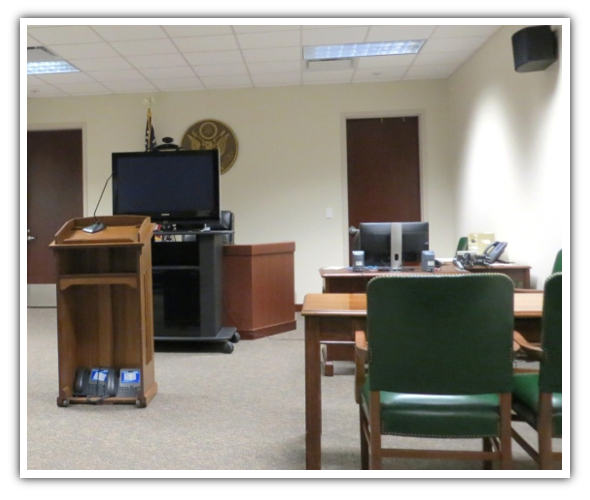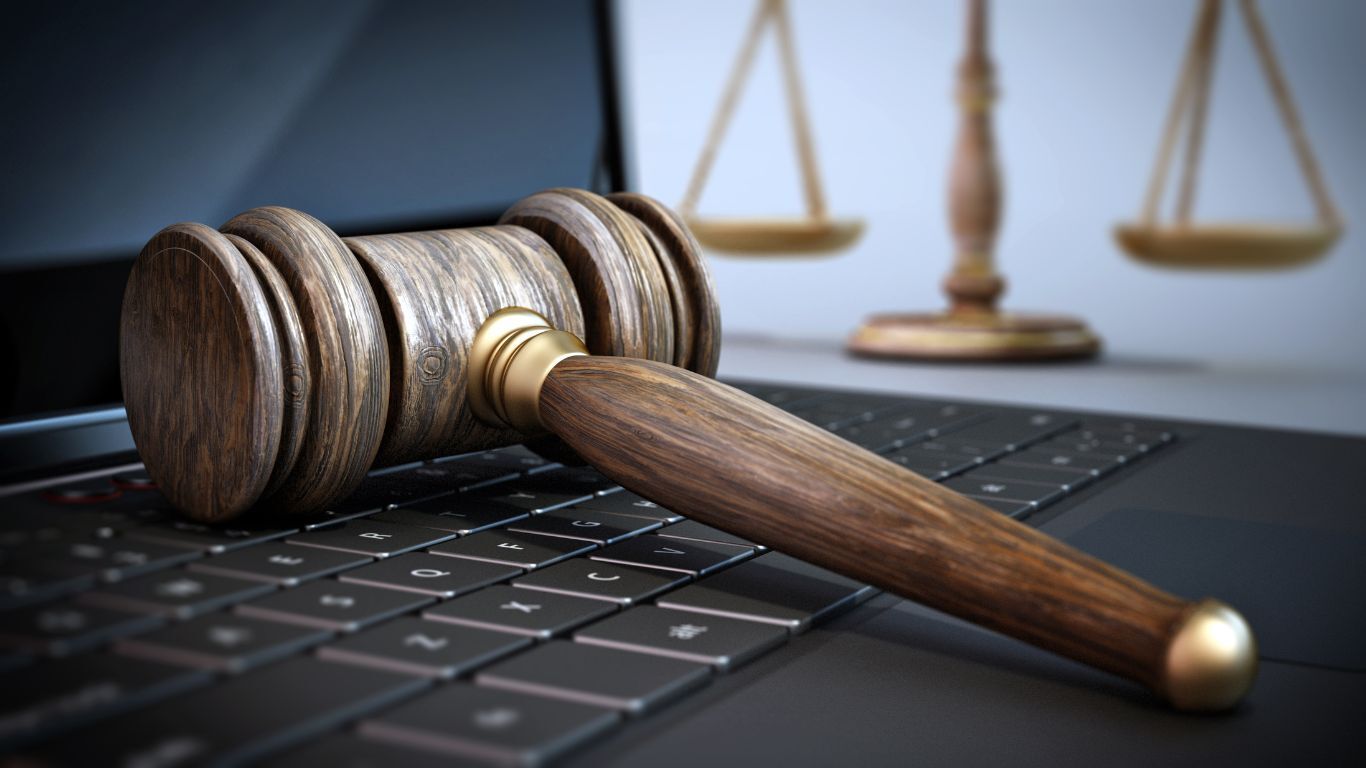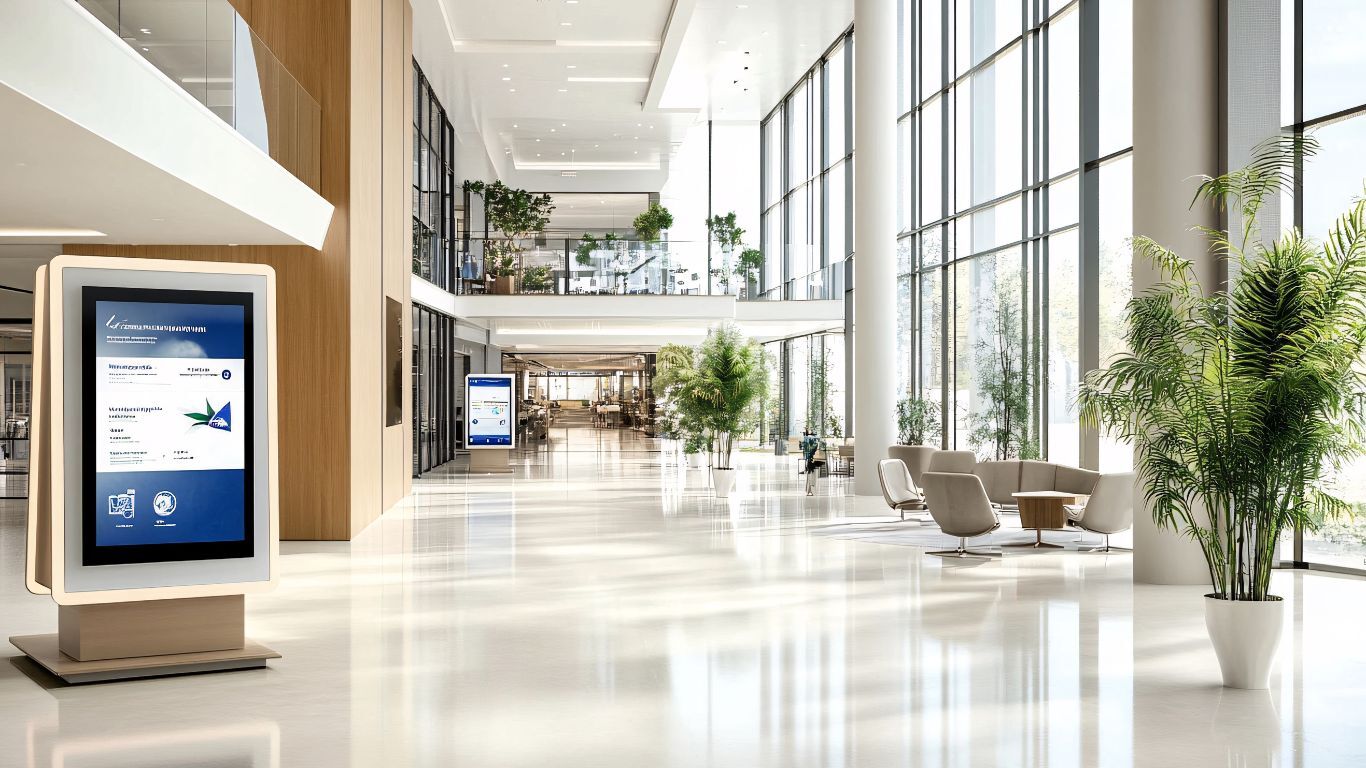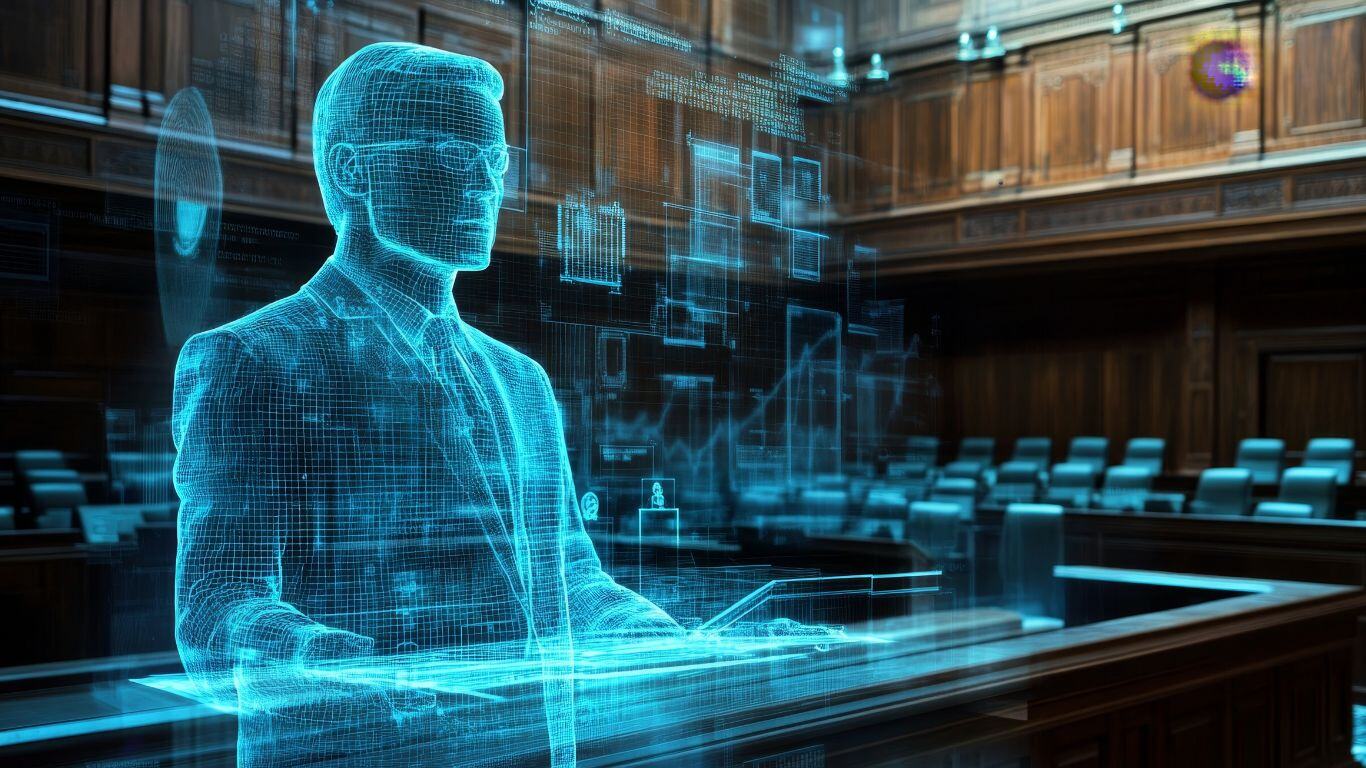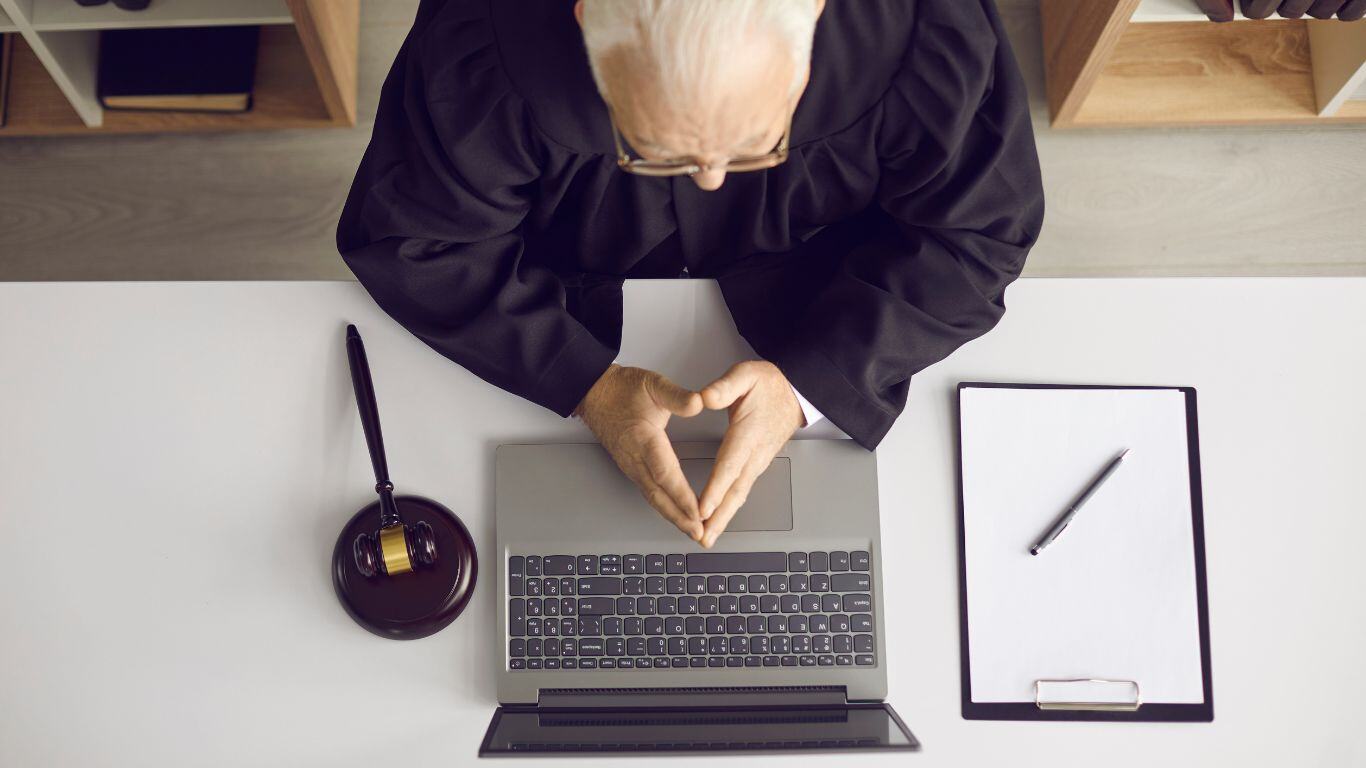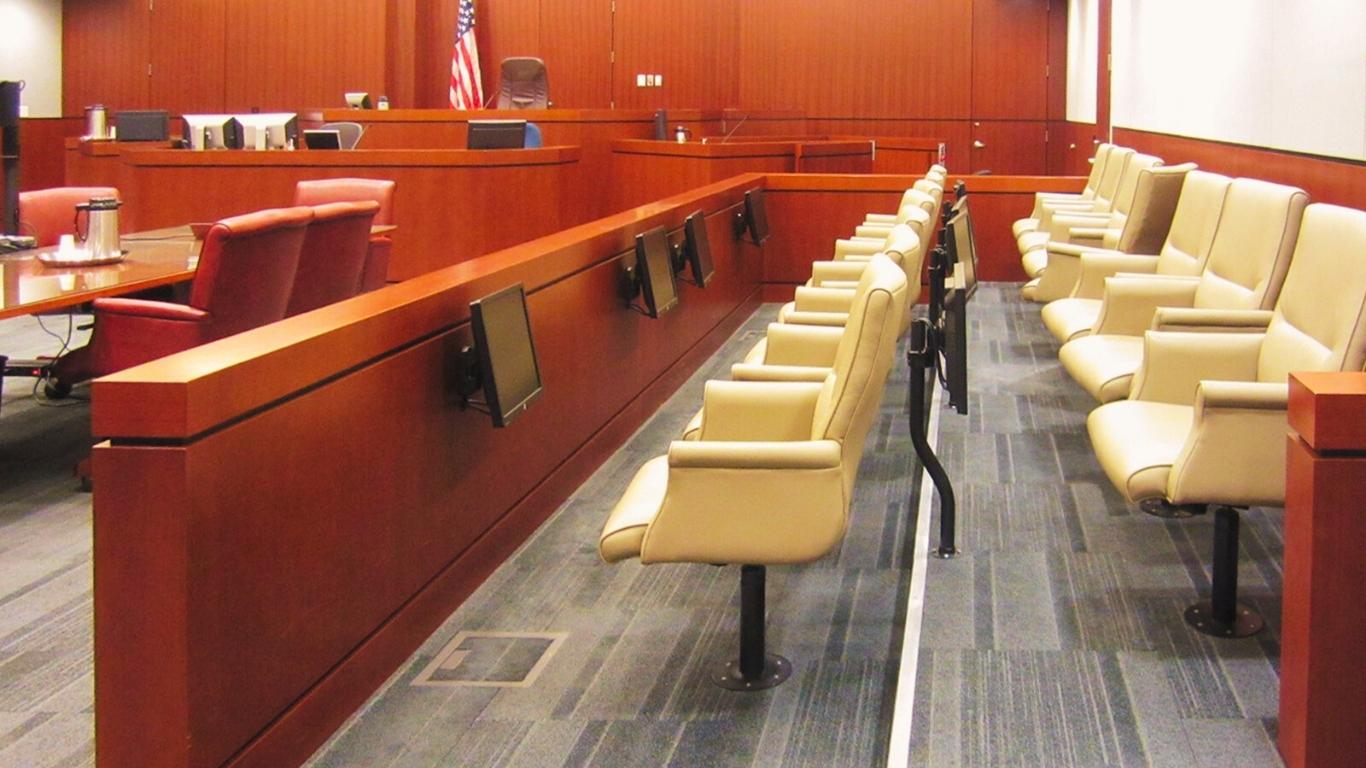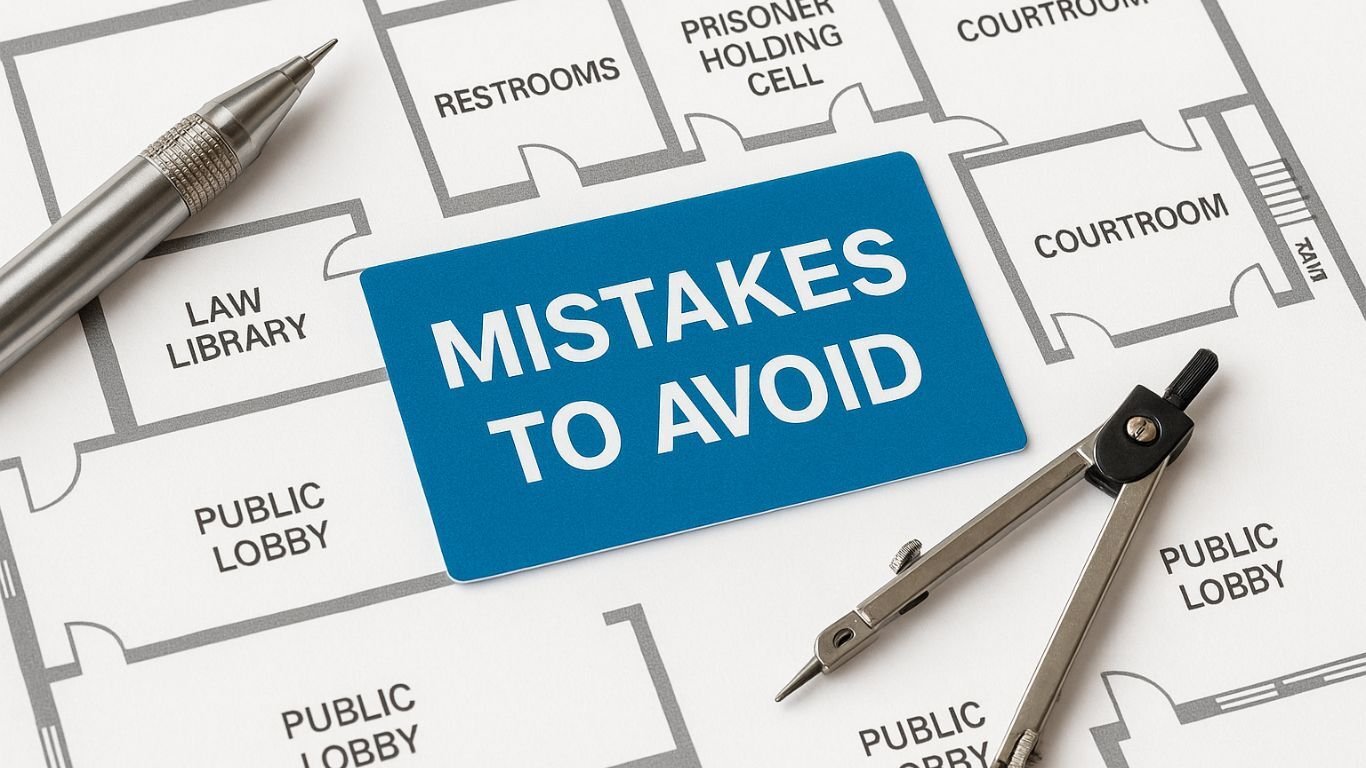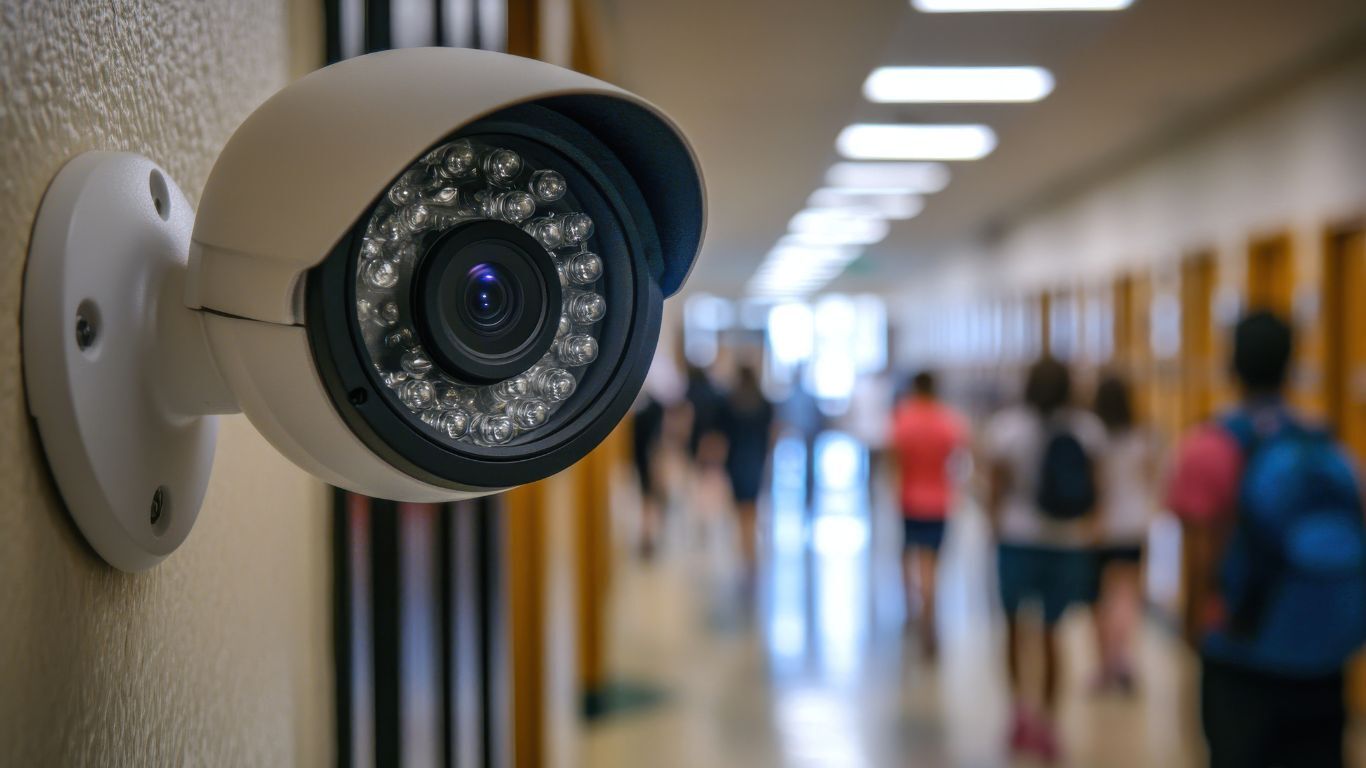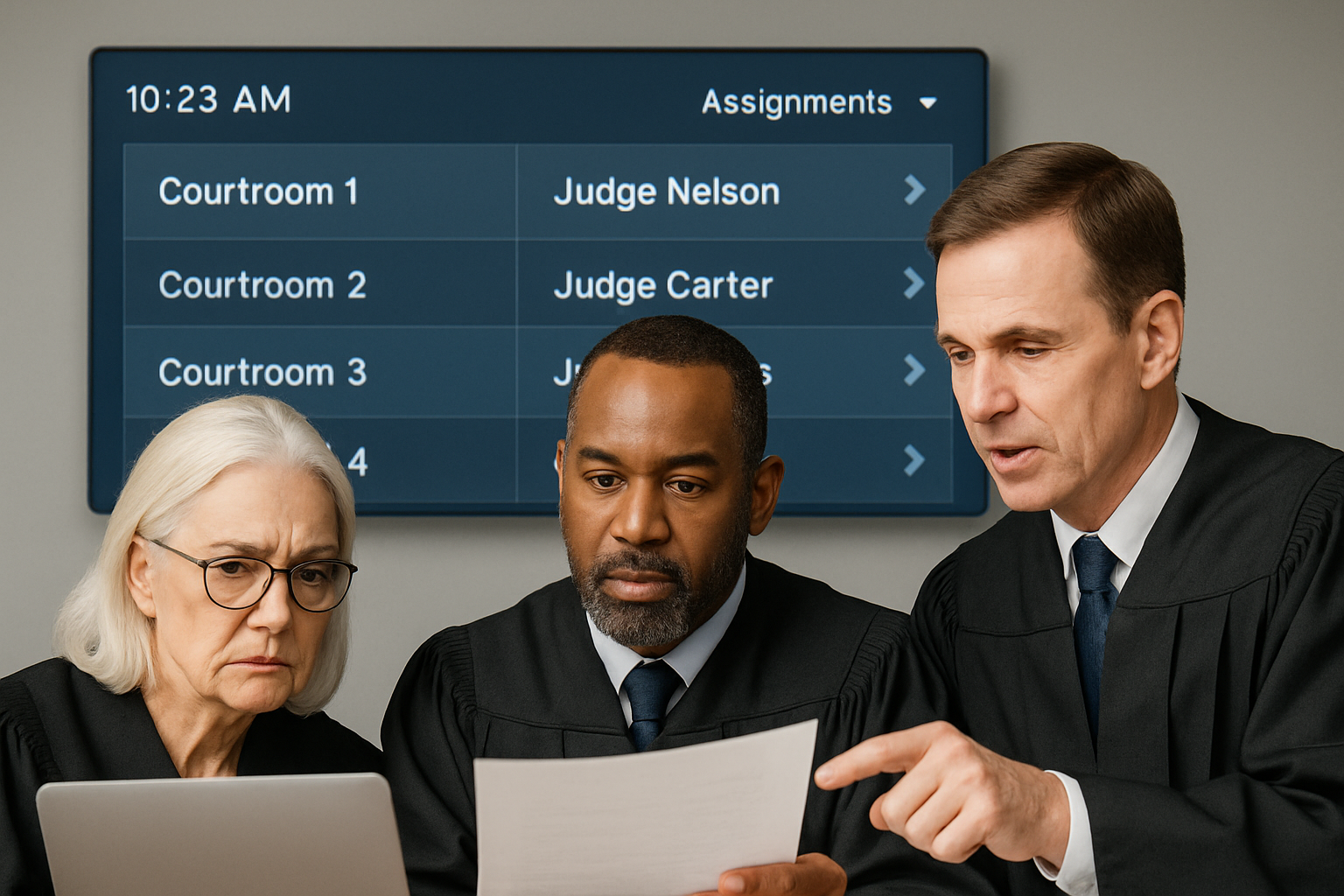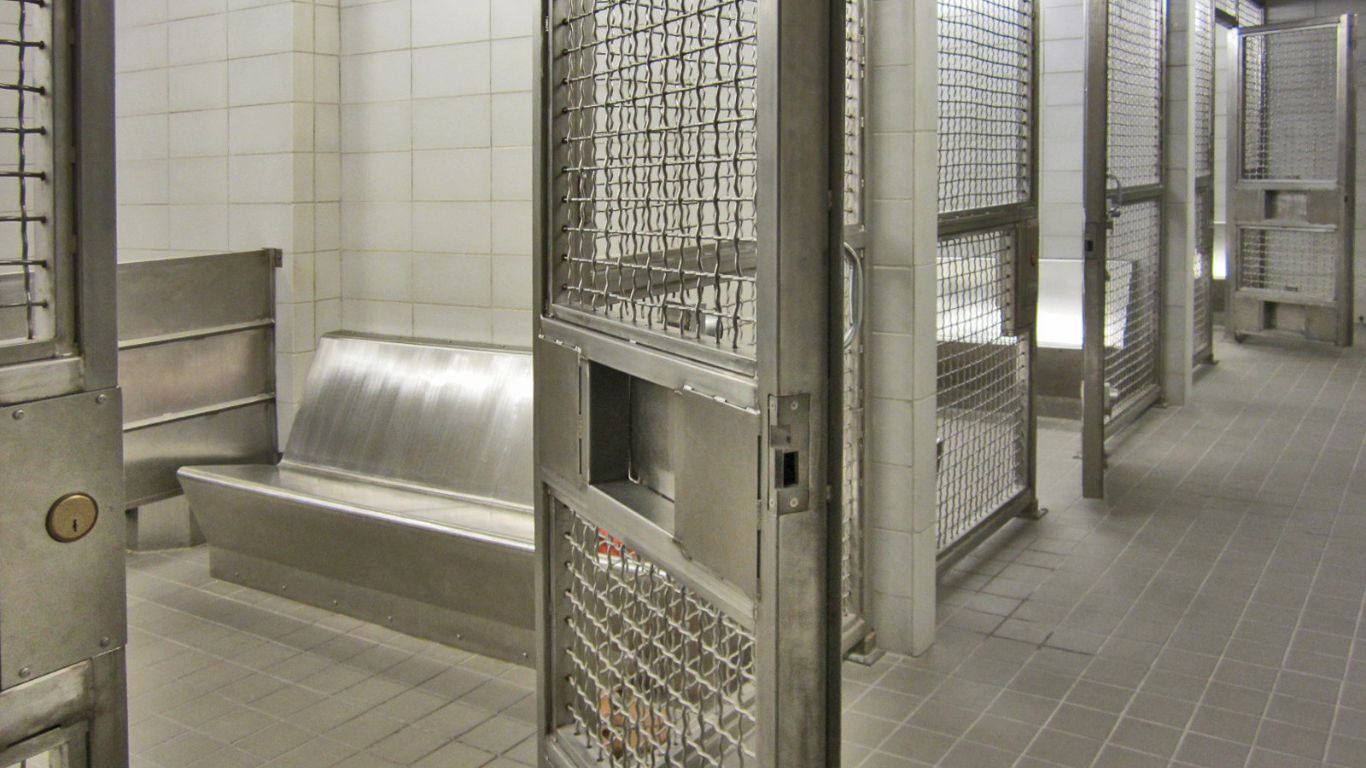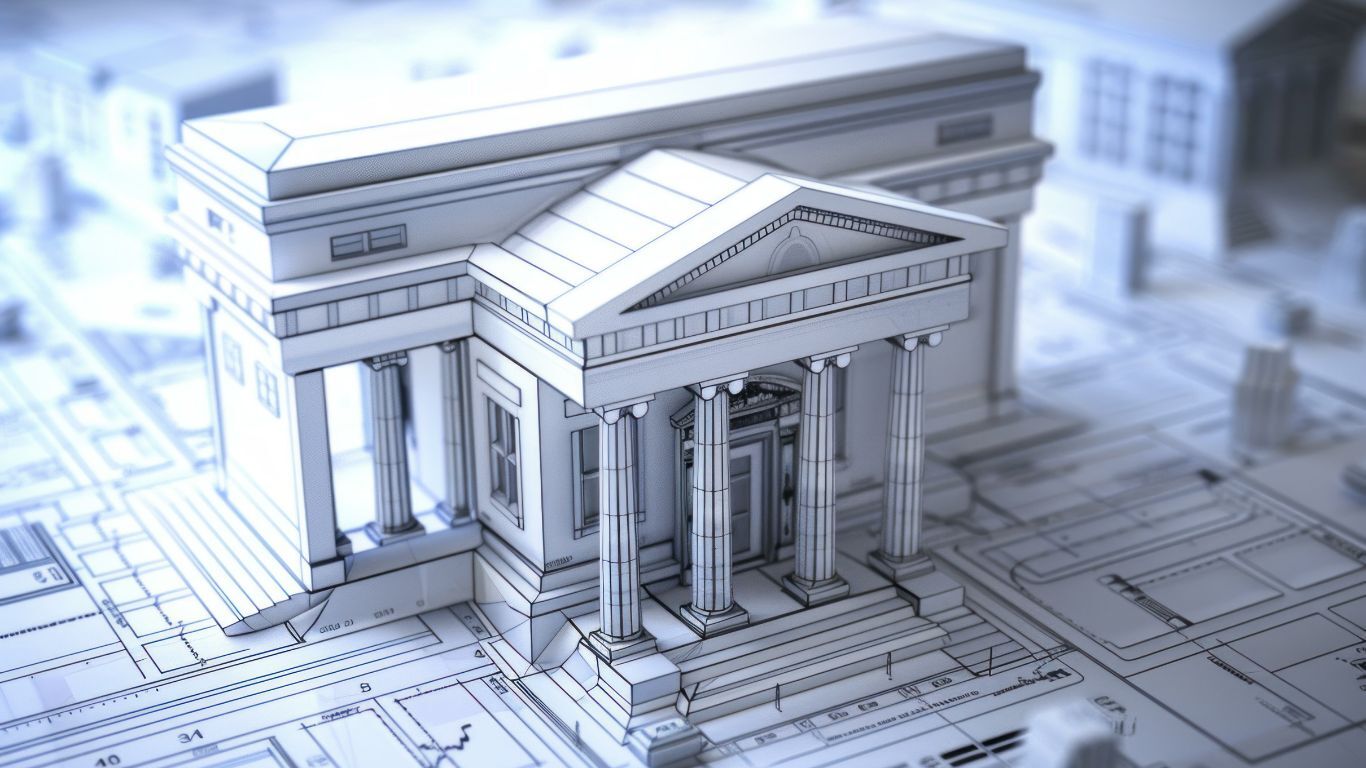As a follow-up to several comments I recently received about my article, “Top 3 Technology System Concerns that Impact Courthouse Proceedings,” I thought that it might be helpful to focus on one way that technology is improving the functionality of courthouses: the use of videoconference hearing rooms for court proceedings.
Though videoconferencing is becoming more common in courtrooms, some courts are setting up smaller rooms (like hearing rooms) dedicated to videoconferencing. While it is not ideal for many proceedings, I am impressed by how such rooms are used in many courts for activities, including conducting initial arraignments, pretrial conferences, motion hearings, remote testimony, and more.
From a courthouse planning standpoint, constructing and equipping a dedicated videoconference hearing room can be considerably less than building and equipping a full-size courtroom. Also, the smaller room size allows it to be conveniently located in areas proximate to holding cells and secured prisoner circulation routes. Additionally, the efficient and focused design of the videoconference hearing room generally makes the proceedings more efficient, saving time in court proceedings.
Real-Life Examples - Videoconference Hearing Rooms
Videoconferencing with a Defendant in Jail
Perhaps one of the most advantageous uses of the rooms is to conduct proceedings where the judge and the defendant are located in separate facilities. A videoconference room in a jail can be connected to a videoconference hearing room in a courthouse. In this way, the defendant does not need to be transported to the courthouse, which reduces the cost of transportation, the price/time of security personnel, and the security risks associated with moving defendants. In a Washington courthouse, I assessed that a videoconference hearing room was connected to restricted judge circulation patterns and shared by multiple judges. The judges would enter the room robed, sit at a formal desk, and view a defendant in a remote jail over a large monitor. The judge would conduct quick proceedings and then exit the room so that it would be available for other judges. I was impressed with how efficiently the court utilized the technology and the room.
Use of Videoconferencing in a Remote Courthouse
Earlier this year, I assessed a courthouse in Missouri where the court frequently uses a videoconference hearing room for arraignments when a judge is unavailable at a remote court location. In these instances, an individual who has been arrested is brought to the courthouse, booked, and held in the central cellblock. When it is time for the arraignment, the prisoner is escorted to the videoconference hearing room adjacent to the cellblock. The presiding judge is seated at a judge’s bench in a technology-enhanced courtroom in a separate location. At the same time, the defendant stands at the podium with counsel in the videoconference hearing rooms. This method of arraignment can reduce the time it takes to arrange an initial appearance before a judge since any judge in the jurisdiction can preside over the proceeding without traveling to where the defendant is being held. It also reduces travel costs for the court by eliminating the need for judges and staff to travel extensively for very brief proceedings.
Missouri Courthouse Videoconference Hearing Room
Videoconferencing in the Same Facility to Reduce Security Risks
Additionally, I worked in a North Carolina courthouse with several small videoconference hearing rooms arranged so law enforcement personnel could bring prisoners directly to the hearing rooms from the cellblock via secured circulation corridors. This layout was developed because the courthouse has a partially separate and secure path of travel from the cellblock to any of the full-size courtrooms. The presiding judge conducts the arraignment proceeding from chambers or a courtroom equipped with videoconferencing technology. The court has found that using these hearing rooms for initial appearances has substantially reduced the instances where potentially volatile prisoners could encounter the public or a judge while being escorted through unsecured corridors.
In my next post, I'd like you to learn about the layout and features of these functional videoconference hearing rooms.
___________________________________________________
Get our Courtrooms and Chambers: Conceptual Design and Analysis ebook NOW!



